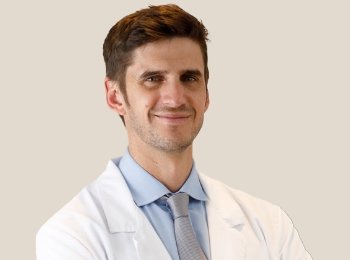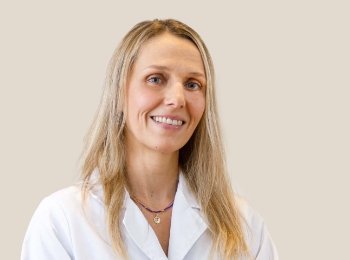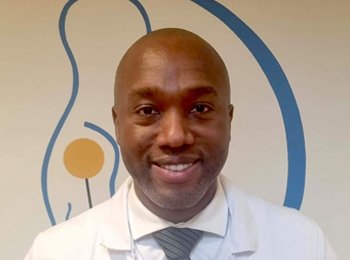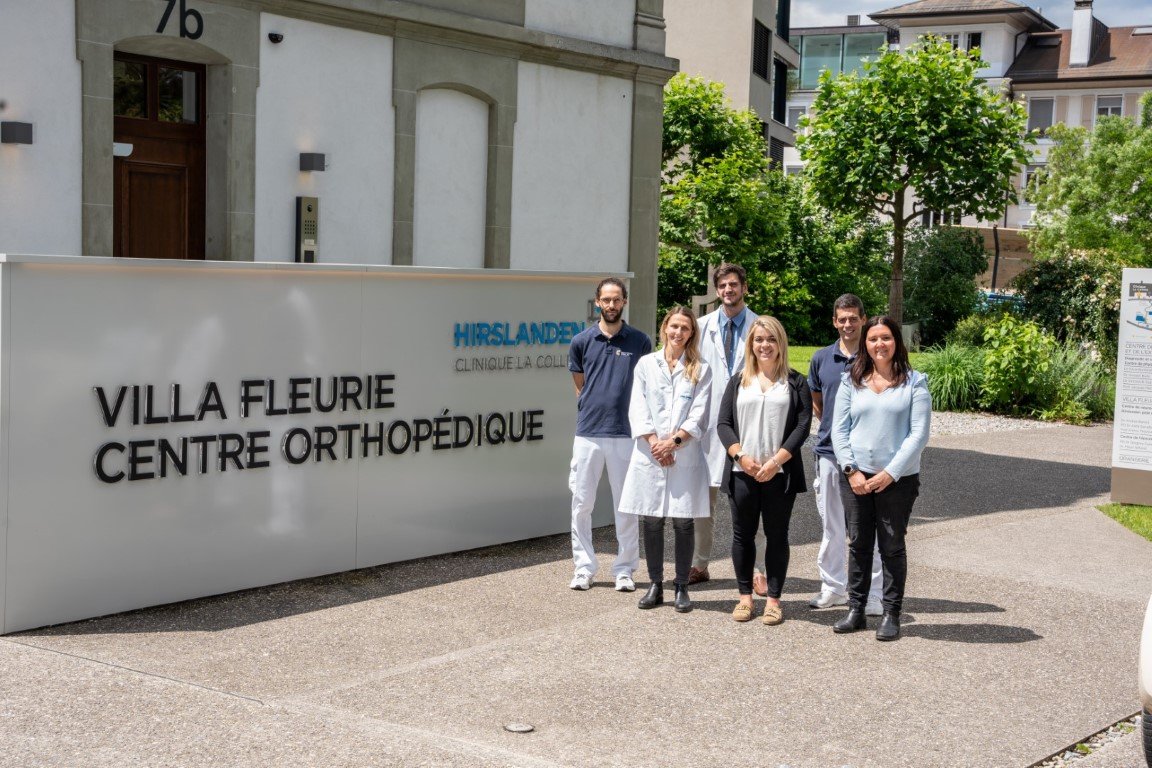Publication: Am J Sports Med. 2024 Feb;52(2):441-450. doi: 10.1177/03635465231219253. Epub 2024 Jan 23.
Co-authors: Baum C, […], Cunningham G, et al.
Abstract:
Background: Arthroscopic rotator cuff repair (ARCR) is among the most commonly performed orthopaedic procedures. Several factors-including age, sex, and tear severity-have been identified as predictors for outcome after repair. The influence of the tear etiology on functional and structural outcome remains controversial.
Purpose: To investigate the influence of tear etiology (degenerative vs traumatic) on functional and structural outcomes in patients with supraspinatus tendon tears.
Study design: Cohort study; Level of evidence, 2.
Methods: Patients undergoing ARCR from 19 centers were prospectively enrolled between June 2020 and November 2021. Full-thickness, nonmassive tears involving the supraspinatus tendon were included. Tears were classified as degenerative (chronic shoulder pain, no history of trauma) or traumatic (acute, traumatic onset, no previous shoulder pain). Range of motion, strength, the Subjective Shoulder Value, the Oxford Shoulder Score (OSS), and the Constant-Murley Score (CMS) were assessed before (baseline) and 6 and 12 months after ARCR. The Subjective Shoulder Value and the OSS were also determined at the 24-month follow-up. Repair integrity after 12 months was documented, as well as additional surgeries up to the 24-month follow-up. Tear groups were compared using mixed models adjusted for potential confounding effects.
Results: From a cohort of 973 consecutive patients, 421 patients (degenerative tear, n = 230; traumatic tear, n = 191) met the inclusion criteria. The traumatic tear group had lower mean baseline OSS and CMS scores but significantly greater score changes 12 months after ARCR (OSS, 18 [SD, 8]; CMS, 34 [SD,18] vs degenerative: OSS, 15 [SD, 8]; CMS, 22 [SD, 15]) (P < .001) and significantly higher 12-month overall scores (OSS, 44 [SD, 5]; CMS, 79 [SD, 9] vs degenerative: OSS, 42 [SD, 7]; CMS, 76 [SD, 12]) (P≤ .006). At the 24-month follow-up, neither the OSS (degenerative, 44 [SD, 6]; traumatic, 45 [SD, 6]; P = .346) nor the rates of repair failure (degenerative, 14 [6.1%]; traumatic 12 [6.3%]; P = .934) and additional surgeries (7 [3%]; 7 [3.7%]; P = .723) differed between groups.
Conclusion: Patients with degenerative and traumatic full-thickness supraspinatus tendon tears who had ARCR show satisfactory short-term functional results. Although patients with traumatic tears have lower baseline functional scores, they rehabilitate over time and show comparable clinical results 1 year after ARCR. Similarly, degenerative and traumatic rotator cuff tears show comparable structural outcomes, which suggests that degenerated tendons retain healing potential.





